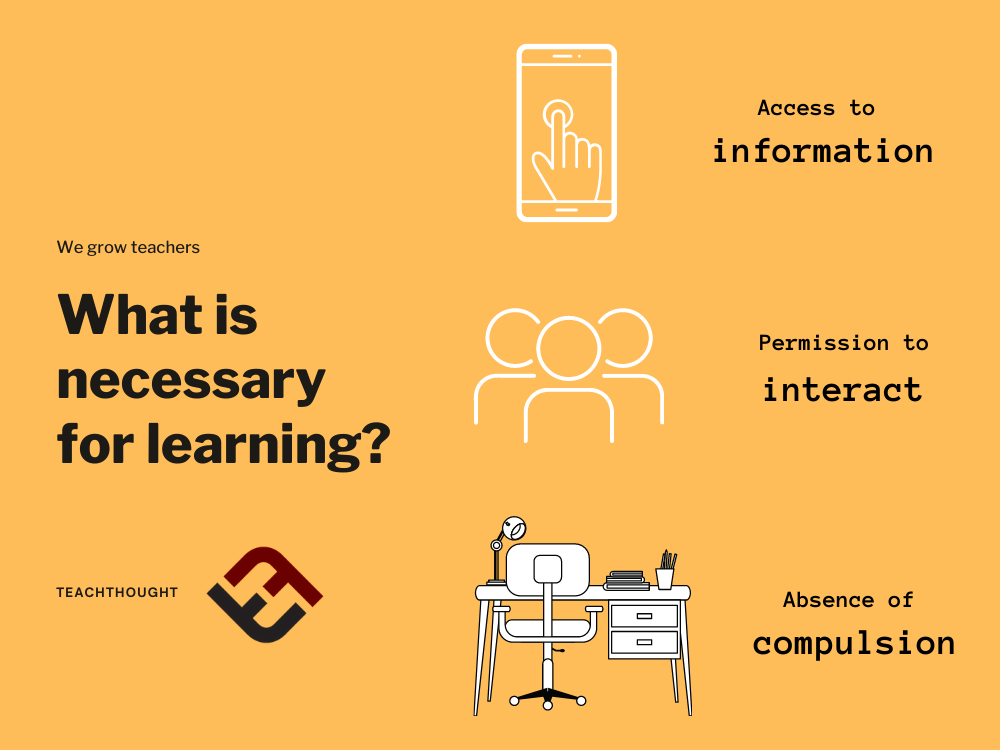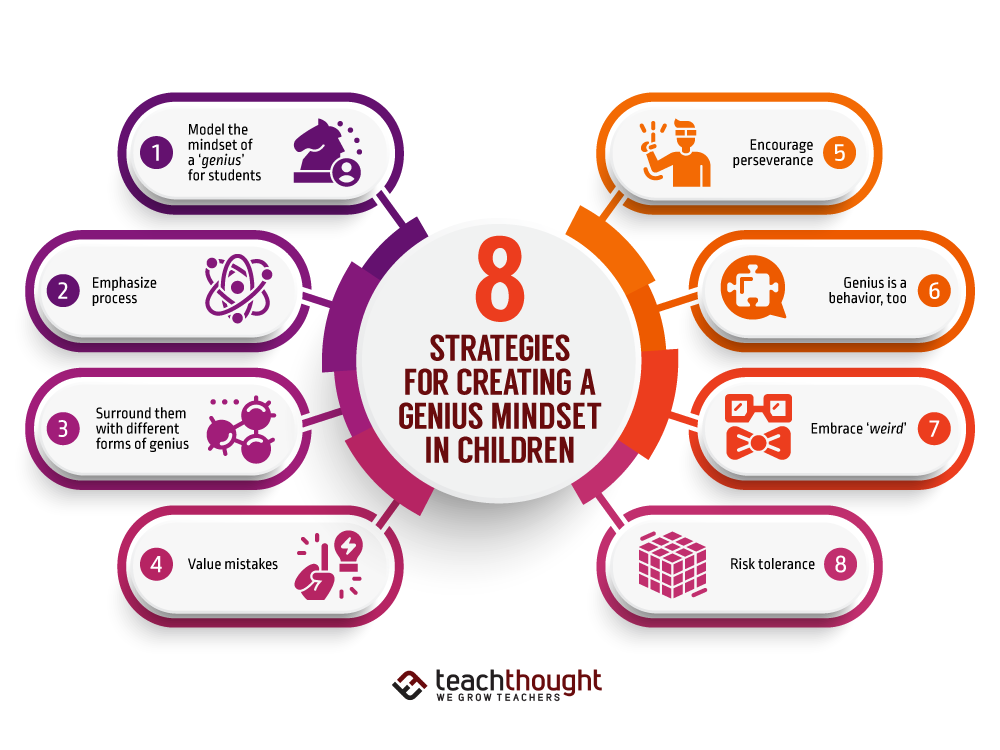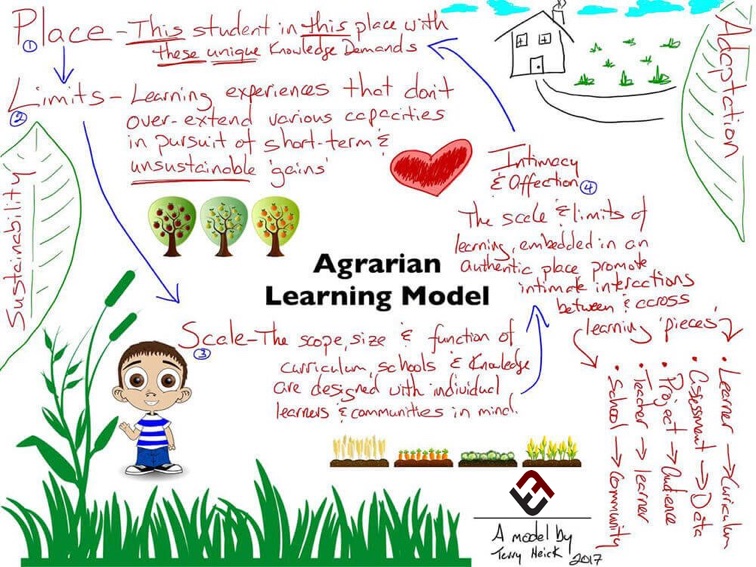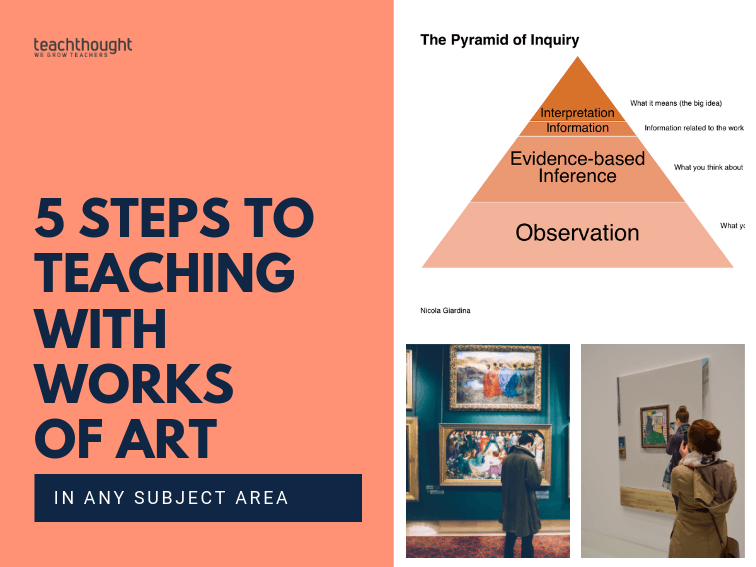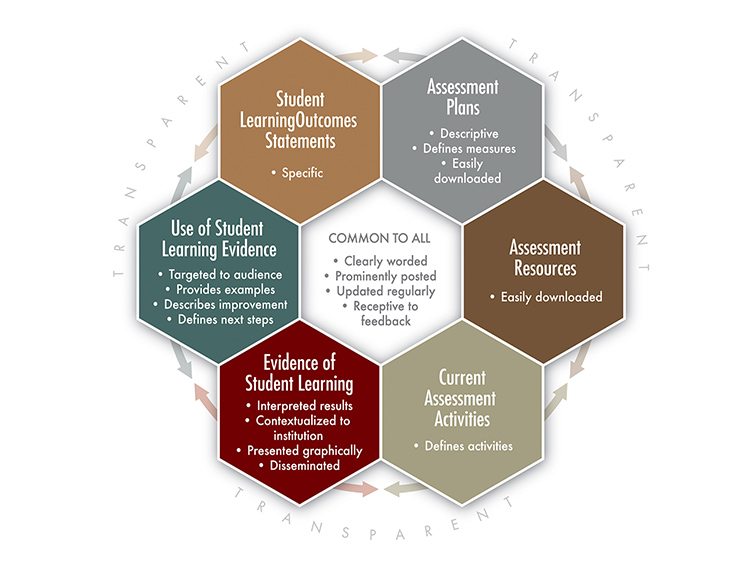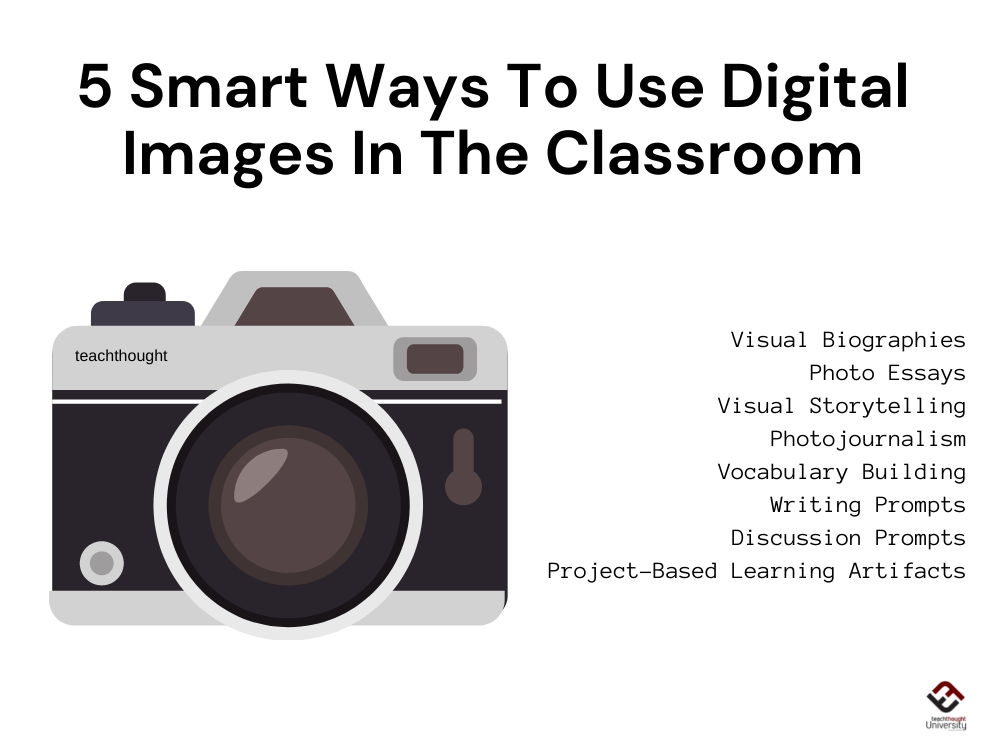Tag: Random
What Is Necessary For Learning?
Sugata Mitra showed that children could learn complex tasks in the absence of formal training, spurred on by curiosity and peer interest.
5 Strategies For Creating A Genius Mindset In Students
Genius requires one to reject convention in pursuit of something special through a mix of intelligence, creativity, mindset, and perseverance.
7 Principles Of Sustainable Learning: An Agrarian Learning Model
Can we design a school that’s more inherently sustainable? Our 7 principles of sustainable learning focus on to place, limits, scale, &…
7 Animals That Are Smarter Than You Think
Crows can remember individual humans for a long time, and even communicate how to identify them to their group.
5 Tips For Teaching With Art In Any Subject…
By engaging your students with works of art, you can help them see the world while teaching them to value diverse perspectives.
A Useful Framework For Transparency In Education
The most significant benefit of transparency in education is the ability to see ‘what’s happening’ in the classroom and respond accordingly.
‘You Get Summers Off’ & Other Damaging Myths About…
Myth: Those who can’t, teach. Truth: No one can fully understand how difficult good teaching is until they personally experiences it.
5 Smart Ways To Use Digital Images In The…
In any course, images can be a useful tool for students to build on vocabulary while also providing examples for concept attainment.
